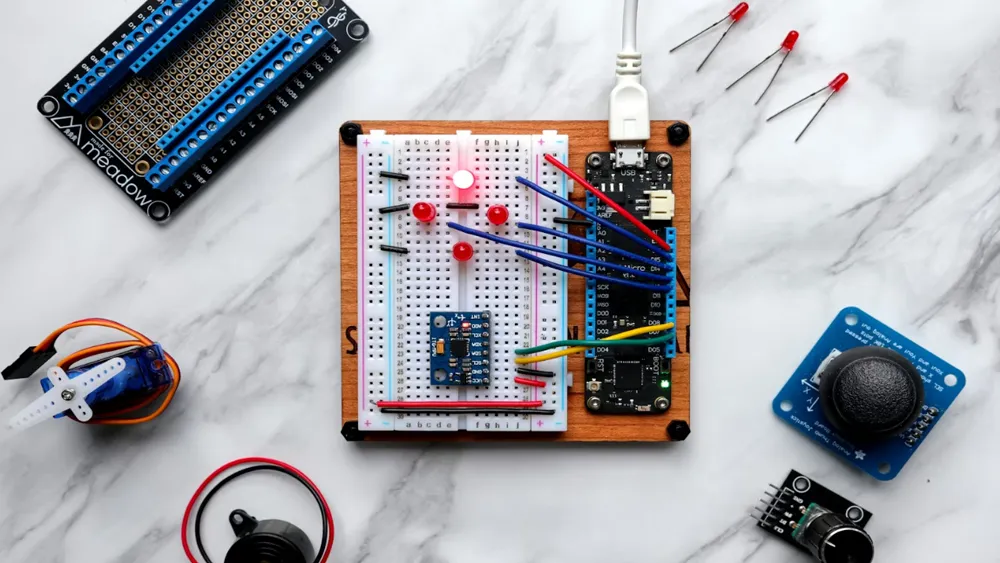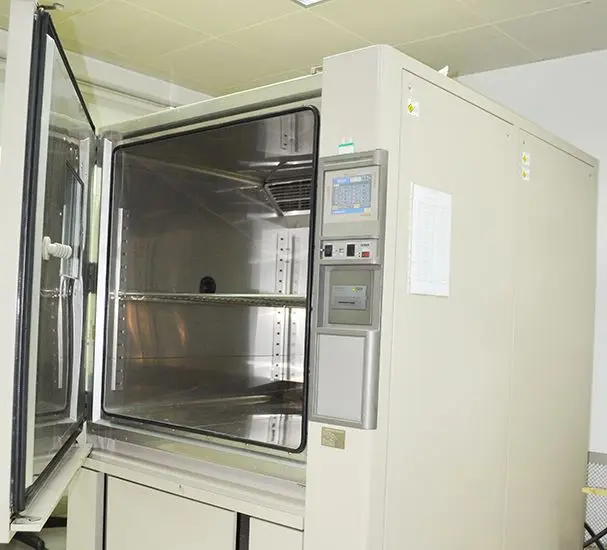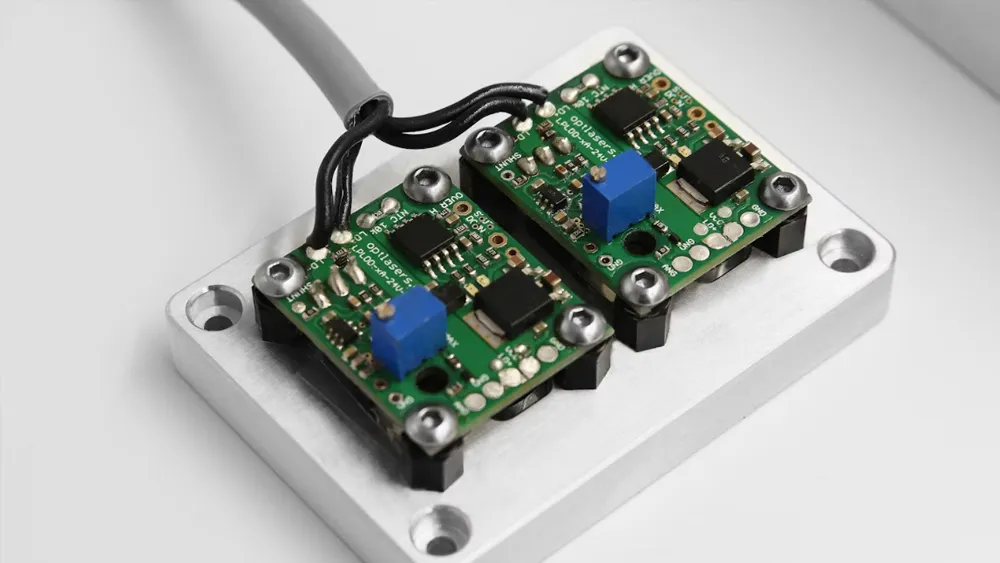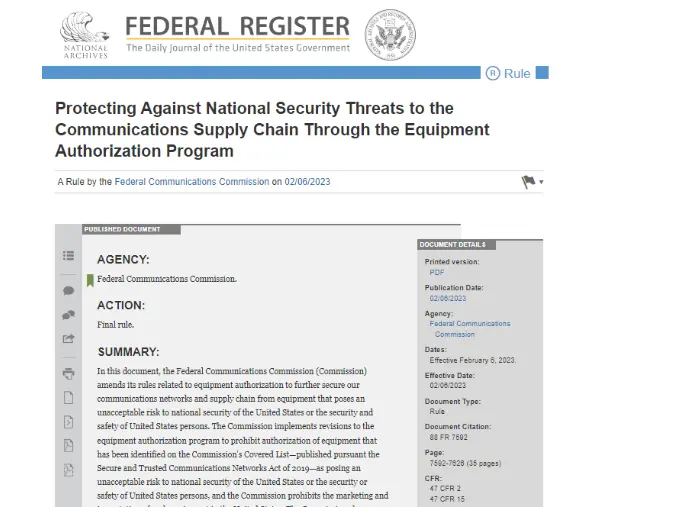
Brazil INMETRO Certification Requirements
Want to enter the Brazilian market?
Whether you're a manufacturer of home appliances, electronic devices, or automotive parts, INMETRO certificationis an essential and unavoidable step! This article uses the simplest language to help you quickly grasp the core requirements and process of certification, ensuring your product clears customs smoothly into Brazil!
What is INMETRO Certification?
INMETRO certification is either a mandatory or voluntary certification issued by INMETRO(National Institute of Metrology, Standardization and Industrial Quality of Brazil). Its purpose is to ensure products meet Brazilian standards for safety, health, environmental protection, and quality.
The application of the INMETRO mark is divided into two categories:
1.Mandatory Certification
Products in this category must have the INMETRO mark printed on both the product and its packaging, along with a mark from an INMETRO-accREDited third-party certification body (CB). These products cannot be sold in Brazilwithout certification and labeling, and violators may face fines.
2.Voluntary Certification
Companies can opt-in to enhance competitiveness.
INMETRO covers a wide range of consumer and industrial goods, including electrical and electronic equipment, medical devices, home appliances, and automotive parts.
Key Points:
Mandatory Certification: Applies to high-risk products like plugs, sockets, home appliances, toys, and automotive parts.
Voluntary Certification: Chosen by companies to improve market competitiveness.
Which Products Require INMETRO Certification?
According to Brazilian regULations, the following categories are the main focus:
1.Home Appliances
Refrigerators, air conditioners, washing machines, etc., must pass tests for safety, energy efficiency, and electromagnetic compatibility (EMC).
2.Consumer Electronics
Mobile phones, televisions, etc., must comply with electrical safety, EMC, and performance standards.
3.Automotive Parts
Brake pads, tires, etc., must pass safety, durability, and environmental tests.
4.Power Tools
Must undergo tests for energy efficiency, electrical safety, and mechanical performance.
5.Others
Plugs and sockets, safety glass, medical devices, and more.
What Are the Steps in the Certification Process?
Step 1: Determine Certification Type
Check the INMETRO website or consult a certification body to confirm whether your product requires mandatory certification.
Step 2: Application – Prepare Technical Documentation
This is the most crucial step. Prepare detailed and valid documentation, including product manuals, design drawings, test reports (e.g., safety, energy efficiency, EMC), and ISO 9001 quality management system documents (if applicable).
Step 3: Sample Testing
Submit samples to an INMETRO-accredited labfor testing. Tests may include electrical safety, mechanical performance, and energy efficiency ratio. In some cases, samples may be collected from the Brazilian market. If the product fails, it must be corrected and retested.
Step 4: Factory Audit
Some products require on-site auditsto verify manufacturing process compliance. The audit typically takes around 5 working days.
Step 5: Certification Issuance and Labeling
If all stages are passed, the documentation is submitted to INMETRO for approval. The legal review period is 15 working days.
> Typically, once your test reports are updated to current IEC standards, the certification process can begin. Some certification bodies allow testing and certification to proceed in parallel. Certification usually takes 3–6 months, longer for complex products.
Key Certification Requirements
1.Safety First
Products must pass electrical safetyand mechanical strengthtests, and avoid the use of harmful materials.
2.Energy Efficiency & Environmental Compliance
Air conditioners, refrigerators, etc., must meet energy efficiency grades (e.g., Grade Abeing the best). Some products must meet emission standards.
3.Ongoing Compliance
INMETRO certificates are valid for 1 to 5 yearsand require periodic renewalsand market surveillance.
Frequently Asked Questions (FAQ)
Q1: Is a local representative in Brazil required?
Yes! If you don’t have a local branch, you must designate an authorized local representativeto handle certification matters.
Q2: How should the certification mark be applied?
The INMETRO mark must be clearly affixedto the product and packaging, and include a manual in Portuguese.
Q3: What if my product fails certification?
Make the necessary corrections based on lab feedback, then resubmit for testing.
Q4: How do I know if my testing lab is ILAC-accredited?
Find out which certification body accredited the lab. Then visit the [ILAC website](http://ilac.org/signatory-search/), search for the certification body, and click through to the original source.
Q5: Which non-electrical medical products require INMETRO certification?
Needles, syringes, mattresses, gloves, breast implants, manual wheelchairs, handheld instruments, and infusion sets.
Q6: Can testing be done outside of Brazil?
Yes, for electrical medical devices, testing can be conducted outside Brazil—this is highly recommended.
However, for products like needles and condoms, testing must be conducted within Brazil.
Q7: What is the validity period of an INMETRO certificate?
It depends on the product: 1, 3, 4, or 5 years.
Note that both mandatory and voluntary certifications require regular maintenance, which may occur annually or biannually, depending on the product.
Q8: When will my factory be inspected?
After selecting a certification body and signing the proposal, the body will schedule an inspection date with the manufacturer. After the initial audit, annual maintenance auditswill occur during the certificate’s validity.
Q9: Who will be inspected—the legal or actual manufacturer?
The actual manufacturer. If there are multiple production sites, all of them must undergo inspection.
INMETRO certification is not just a “ticket” to the Brazilian market — it's a powerful endorsement of product quality.
Plan your certification process early and choose a reliable partner to make your journey to international markets smoother and more efficient!
Email:hello@jjrlab.com
Write your message here and send it to us
 What are ASTM F963 and CPSIA?
What are ASTM F963 and CPSIA?
 Comparison of ASTM F963 and EN 71
Comparison of ASTM F963 and EN 71
 How to get CSA C22.2 NO.256:14 Test Report?
How to get CSA C22.2 NO.256:14 Test Report?
 How much is the ISTA Amazon Packaging & Shippi
How much is the ISTA Amazon Packaging & Shippi
 Amazon Product Laboratory Testing Requirements
Amazon Product Laboratory Testing Requirements
 How to Get EPA Certificatio
How to Get EPA Certificatio
 What is EPA Certification in the United States?
What is EPA Certification in the United States?
 What is an FCC Registered Agent?
What is an FCC Registered Agent?
Leave us a message
24-hour online customer service at any time to respond, so that you worry!




